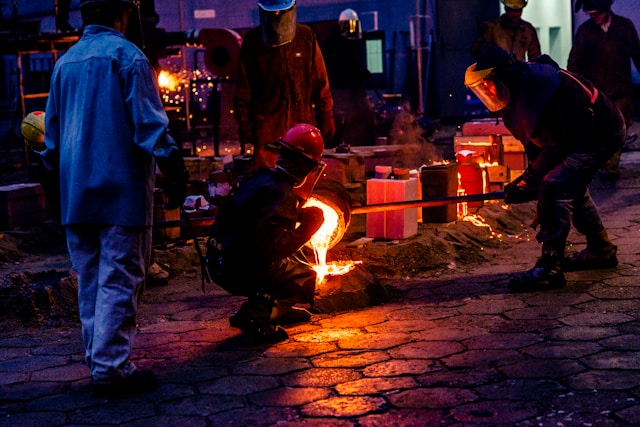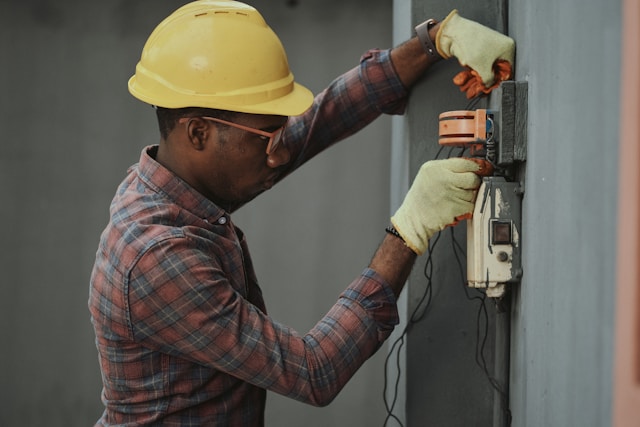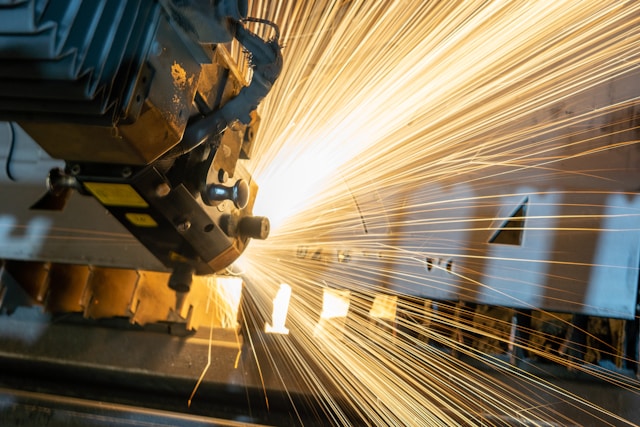
Many industries rely on casting to produce various intricate components and goods. Casting is used in automotive manufacturing for engine parts, by builders to adorn buildings, by jewelry designers to create ornaments, and by consumer goods manufacturers. Choose a suitable metal casting supplier for your application by conducting due diligence. Ask about a plant tour and see the foundry in action.
Experience
Selecting a casting facility Essex, MA, with ample experience in the field is crucial. This is because metal casting is a crucial aspect of modern manufacturing, and casted products are used in about 90% of durable goods, ranging from lamp posts to space shuttles. However, even the most advanced casting facilities can experience occasional quality problems, leaving room for improvement in the industry. These can be fixed through post-processing, such as grinding and welding. Positive defects, such as inclusions and gas porosity, can be ground away, and, in some cases, welded holes and shrinkage porosity can be repaired through heat treatment. Customers and casting facilities should work together to determine admissible levels of defects in deliverable products. In the case of castings, this involves balancing quality and cost since higher standards generally mean higher prices.
Certifications
Obtaining a certification in die casting can help you advance your career. However, the process requires much time and effort, limiting your work-life balance. Casting sand contains silica, which produces respirable crystalline silica (RCS) dust when processed, posing a health hazard for employees. Workers inhaling RCS dust can suffer from silicosis, a potentially fatal lung disease. To ensure the safety of its employees, a foundry must meet strict standards for equipment and working conditions. It must also be certified by industry bodies to prove its compliance. This helps organizations streamline production processes, improve product quality, and reduce downtime. It also mitigates risks and reduces potential liabilities for the organization.
Equipment
Metal casting is necessary for various manufacturing tasks and is used in countless industries, from art to automotive. This process involves pouring liquid materials like metal into a mold to create intricate and adaptable products. A foundry uses various equipment to create castings, including furnaces for melting metal. They also use a variety of tools and accessories to shape the molds in which they cast. The type of equipment depends on the casting method and the material used. A casting facility may also offer additional services for manufacturing clients. For example, a die-casting company can provide laser engraving and related setups to help its clients with their production needs. In addition, they can provide radiographic testing to detect flaws on the surface of finished parts.
Timelines
Metal casting is a highly versatile process that can produce a wide range of products. This is primarily due to its design flexibility, which cannot be achieved through other production methods. During casting, molten material is poured into a mold to create the final product. The molten metal takes the shape of the mold, which is then removed once it has solidified. The casting method depends on the metal type and the product’s dimensions. The energy usage of ferrous metal casting facilities varies widely, and it isn’t easy to compare between facilities due to their unique nature. The following profiles provide insights into individual metal casting facilities’ electricity, natural gas, and compressed air usage.





More Stories
Understanding the Importance of Regular Electrical Maintenance in Homes
The Evolution and Impact of Graphic Design in Business Communications
Ways Machine Vision Integration Can Revolutionize Manufacturing